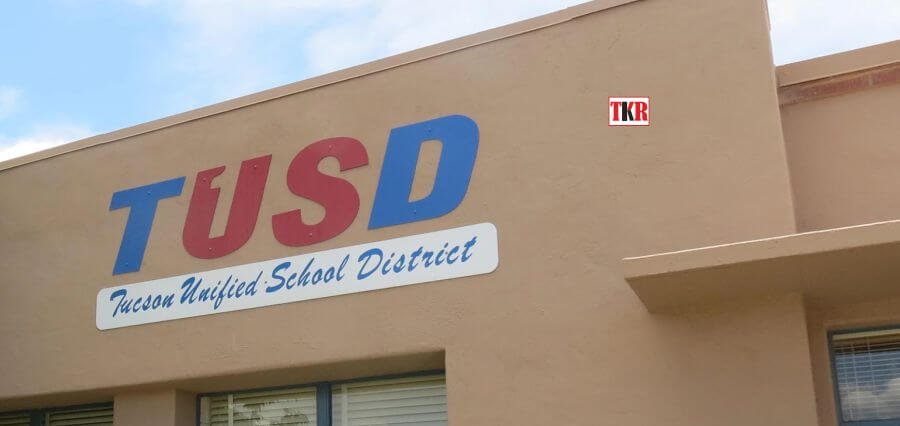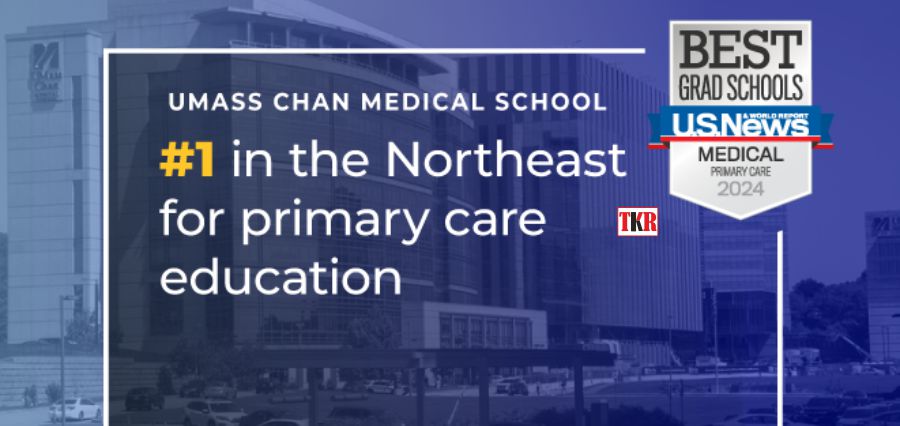High schools provide the ideal environment for youngsters to have the perfect possible start in life. They also prepare learners for the future by equipping them with knowledge and skills to make it easy for them to thrive in different life situations.
This includes knowledge about sexual health, nutrition, exercise, and substance abuse which are all part of their school curriculums. Here’s the twist, a considerable fraction of what the curriculum covers lay more emphasis on just the academic information and excellence.
It basically focuses majorly on preparing the learners for further studies or college. Therefore, the students hardly get exposed to health literacy which is also vital for their survival in the real-world scenarios.
Nonetheless, successful young adults, still have to perform in real-world situations. That’s why; experts argue that other than the current standards, the students should also be taught health literacy where they’d learn about basics like public policy, preventive care, and the health insurance terminologies like cost-sharing and deductibles, among others.
All of these should be tailored to every student’s literacy level. If the healthcare education curriculum can be modified to take care of these basics, then high school students will come out of the programs, fully equipped with the tools they need for lifelong professional and personal achievements. Here are three more reasons why healthcare basics should be part of high school curriculums.
1. Lifestyle Chronic Diseases are Extremely Prevalent
Prolonged exposure to unhealthy, modifiable lifestyle behaviors such as physical inactivity, unhealthy diet, and smoking is the most significant contributor to chronic lifestyle diseases. Perfect examples, in this case, include obesity, some types of cancer, heart disease, and stroke.
Health literacy is part of most school programs. It is even a common thing for students to seek guidance from other experts like an essay writer, for example, who would walk them through the essentials for writing top notch essays on health literacy topics.
The essays would mostly be informative but then, it is upon the students to make individual health decisions when they ultimately complete these programs. Ideally, they may be able to casually see the physician once or twice every year or even more frequently when dealing with a chronic or acute condition but, they are the ones who make most of the decisions every day that may favorably or unfavorably affect their health.
Some of the decisions they may struggle with include:
- Deciding whether to quit smoking now or wait for a few months
- Getting out of bed for exercise or continue rolling over for the next 30 minutes
- Buckle up or just ignore it since you’re only two blocks away from your destination and
- How many drinks should you have at the party at night, and whether you should take a cab or drive yourself home?
From this quick list, it is evident that every individual has the power to make most decisions that are linked to their lifestyle. The biggest concern is the amount of training our youngsters receive to be able to take on such responsibilities.
The current curriculums don’t provide much training that can help the students take on such responsibilities. The training that’s currently available is limited, and this best explains why only 12 percent of adults who live in the U.S possess proficient health literacy skills.
To bring things under control, several public health campaigns offer education to enable the public to make the right decisions on most issues that directly affect health and contribute to chronic lifestyle diseases. Examples, in this case, include avoiding high-calorie foods to stay within the healthy weight limits.
The public health campaigns don’t really help that much since a plethora of private-sector health campaigns springs up more frequently and persuasively, sending powerful messages to have the consumers do what they want us them do at the expense of their health.
2. Manners are Still Important

High school students complete their programs and get right into society without much knowledge on making the right decisions when it comes to saying ‘No’ and how to say it. Even though the school programs provide education on the dangers of risky behaviors, societal values are still important.
Health education on societal values such as accountability and dignity can help students build on other general information they get at school. This way, it will be easy for them to implement healthy decisions that will be helpful for their lives.
3. Finding Ideal Health Plans and Appropriate Medical Treatments is Still a Challenge
Unlike in a college setting where a finding reputed study assistant or guide like a college paper writer may be less stressful, finding the ideal health plans is usually not a simple feat. This is mostly the case when you do not know what to look for. The same would also apply when choosing appropriate medical treatments.
By having healthcare basics as part of the school curriculums, it will be easy for the students to understand the different insurance terms to smooth their decision-making process. This is practical because if you have limited knowledge about health insurance, choosing the right plan will not be easier.
In Closing
There is still plenty of time to put things right in as far as the education system is concerned. For the institutions to produce whole-rounded professionals who can also look after their lives there is need to teach healthcare basics in schools.
About the author
Susanna Balashova is a veteran editor and academic writer who manage top content creators in the research paper writing service industry she’s also a creative magician in a world of (mostly) boring Marketing. She is gifted in turning dreary work things to be not just interesting but also effective. She likes to create her own world within some fanfic sketches. Reach out to her on Twitter or LinkedIn.









